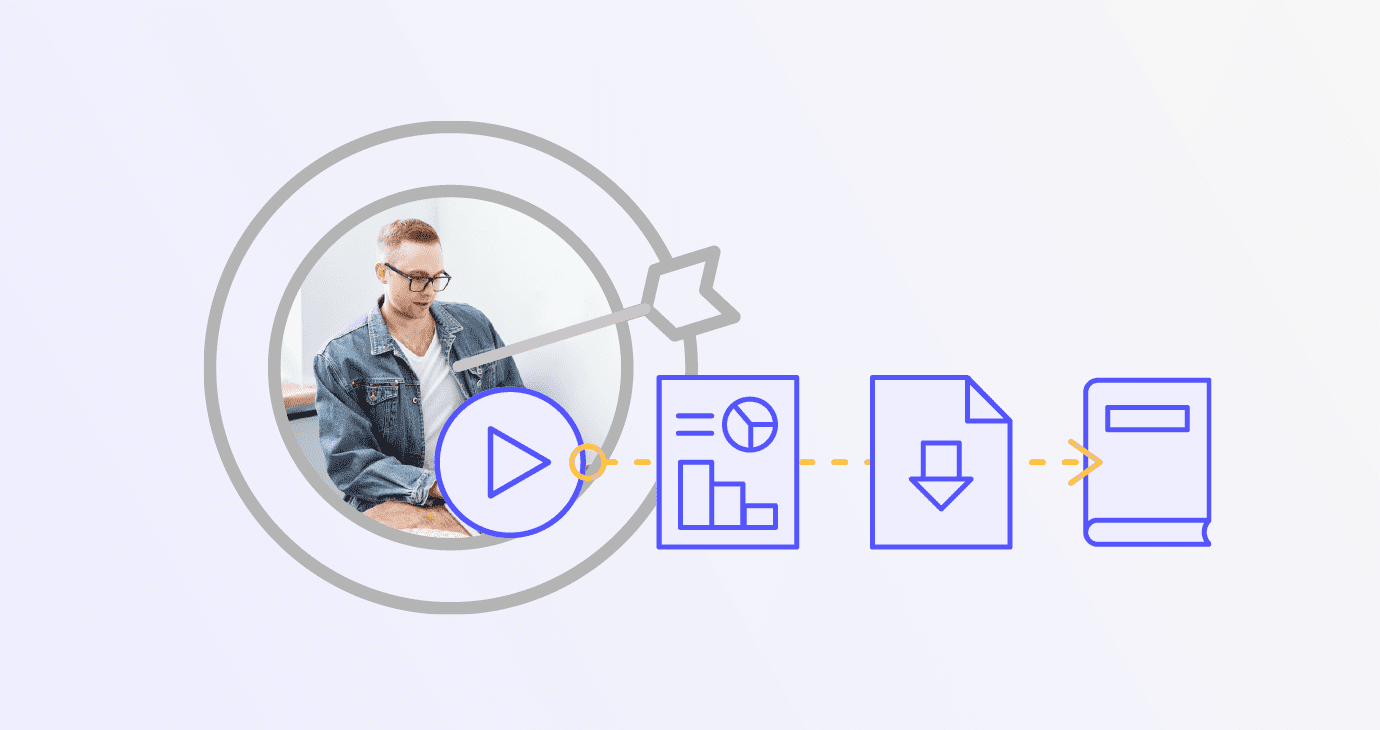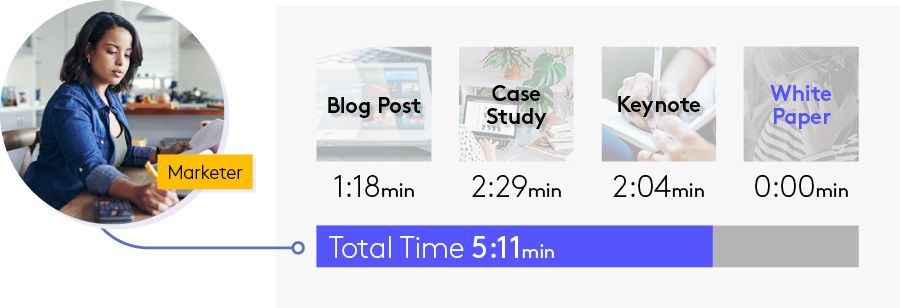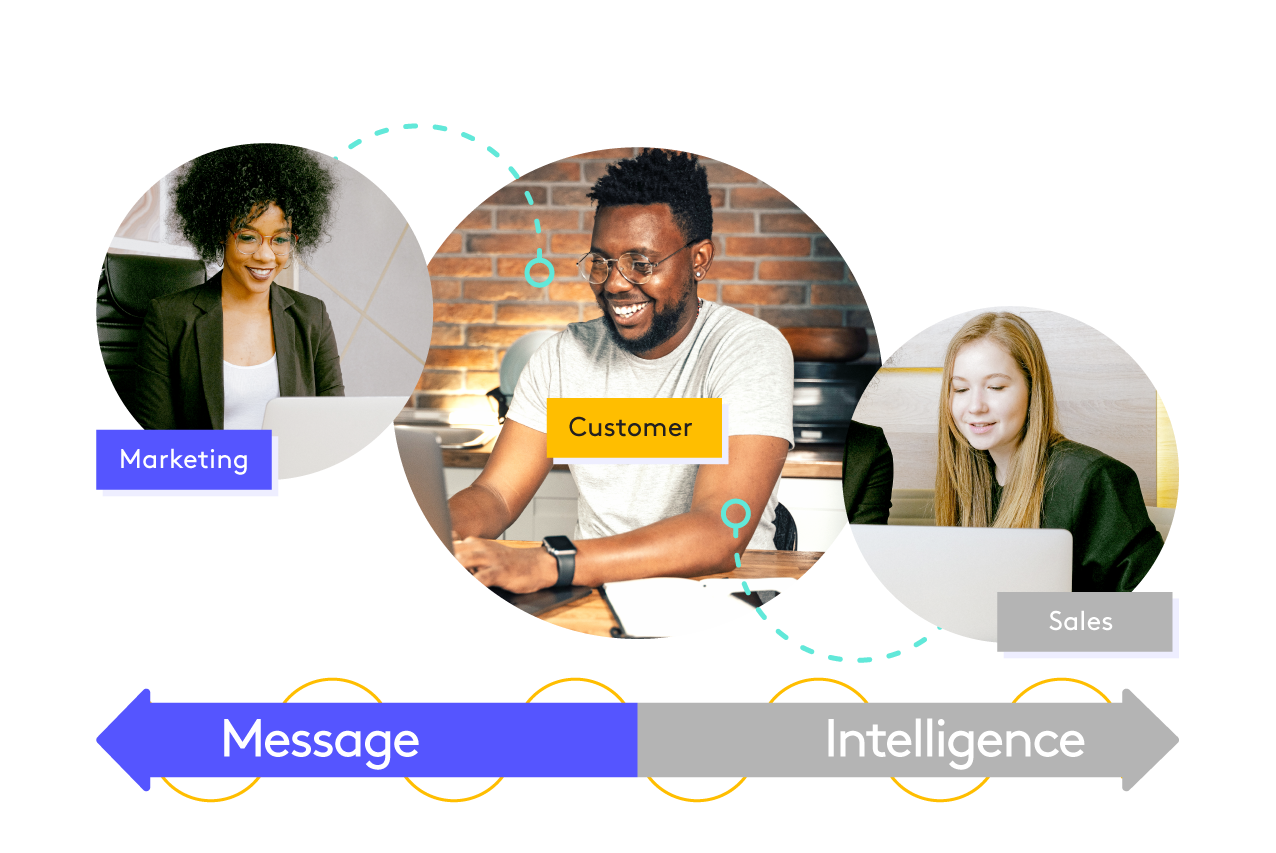
Not All Intent Signals Are Created Equal
A buying signal is an intent signal, but is an intent signal always a buying signal?
In the days of B2B marketing yore, the only way you’d know if someone was interested in your product was when they said so, either by attending meetings and demos or, quite simply, by purchasing it. Now, in 2024, B2B sellers and marketers have endless data at their fingertips which can help them understand things like how interested prospects are in a product or how far along they are in their buyer journey. All this information results in intent signals, or data points that reveal a known or unknown buyer’s interest in your product or brand.
Before you start researching platforms for intent providers, do some thinking about what your company considers an intent signal: is it readiness to book a demo? Conducting research on your top keywords? Or just the traditional forms of engagement like registering for a webinar? Once you go through this exercise, and figure out how they compare, you’re on your way to looking at meaningful intent, which is invaluable to your Go-To-Market teams.
The most seasoned marketers will agree that intent signals are a foundational part of any marketing strategy. With that said, not all signals are the same for all organizations. Digging deeper into what those signals mean and how your audience is engaging elevates simple intent to a new level. Intent helps you prioritize who to prospect and when. Deeper buying signals like content engagement and topic data help your teams essentially “nail the conversation and close the gap”.
Content intelligence elevates intent data, so businesses can:
- Identify which accounts are ready for sales and marketing action and when
- Pinpoint product interest and topics of interest based on content engagement
- Engage buyers with content based on their choices rather than an estimated guess on their interest.
With this data, you can follow along the buyer journey with your prospects and keep track of the type of content that resonates with current customers. All of this data comes together to help sellers and marketers pick up on intent signals faster.
Intent signals and buying signals: different but equally important
Thinking that ‘intent signals’ and ‘buying signals’ are interchangeable is the quickest way to pigeonhole yourself. In fact, a prospect showing intent signals doesn’t necessarily mean they’re intending to purchase your product; they could be interested in your solution and still go with a competitor! Let’s compare the two:
Intent signals are data points that announce a prospect’s interest in a product or brand category strongly related to your offering. This quantitative data reveals a look into the frequency of the buyers touchpoints related to your offering.
Buying signals offer similar points but also take the information a step further and offer wider qualitative output into how and what they are engaging with, how long and what actions they choose next.
To look at it in another way, similar to buying signals, intent signals provide insight throughout the entire customer lifecycle; they play interchangeably, but are not the same thing. Intent provides the binary data on engagement, while buying signals are a more enriched view of the data and prove the value of the engagement. Intent signals help you take action, buying signals help you decide how to take action. Together they provide a roadmap for your sales and marketing teams to close deals faster.
Your customers show signals, too
Think about a current customer you have. Have they asked about your tool’s new features? Are they showing drop-off in engagement, or not using your product at all? Have they been reviewing competitor sites? All of this information can help you learn more about how your customers feel about your product. When you combine quantitative data like keywords and site visits with qualitative data like topic research and binge rates, these signals can help you:
Reduce churn: We already know it’s cheaper to keep a customer than acquire a new one. If your customer is coming up for renewal soon, you can assume they are researching competitors. Get ahead of this by paying attention to the features your customer uses the most and how they stack up against your competition.
Land and expand: Start by landing the customer, and then use buying signals to see what else your customer might be interested in. Are they reading more content about SEO best practices? Keep that in mind for your next conversation and be prepared to talk about features that could help them achieve their goals.
Optimize your sales and marketing messaging: If certain pages on your website are converting better (whether it’s PDF downloads or demo requests), use that data to gauge what type of messaging and content works best. Maybe how-to guides convert better than blog posts, or that a specific case study is getting more inbound traffic—all of this data helps you get a better understanding of what information your audience needs to make a decision.
Just like all of the other data you’re parsing through to help you understand your prospects and customers better, intent signals give you a new way of understanding their individual journeys.
Remember: intent signals aren’t foolproof
We know data can’t reveal everything you need to close a deal, but data can send you in the right direction and validate actions. By using both intent and buying signals together, not only can you identify, prioritize and enrich your sales and marketing approach, you can improve the value and velocity of that deal by aligning with the buyer and where they are on their journey. It’s the crystal ball you need to work smarter not harder.


